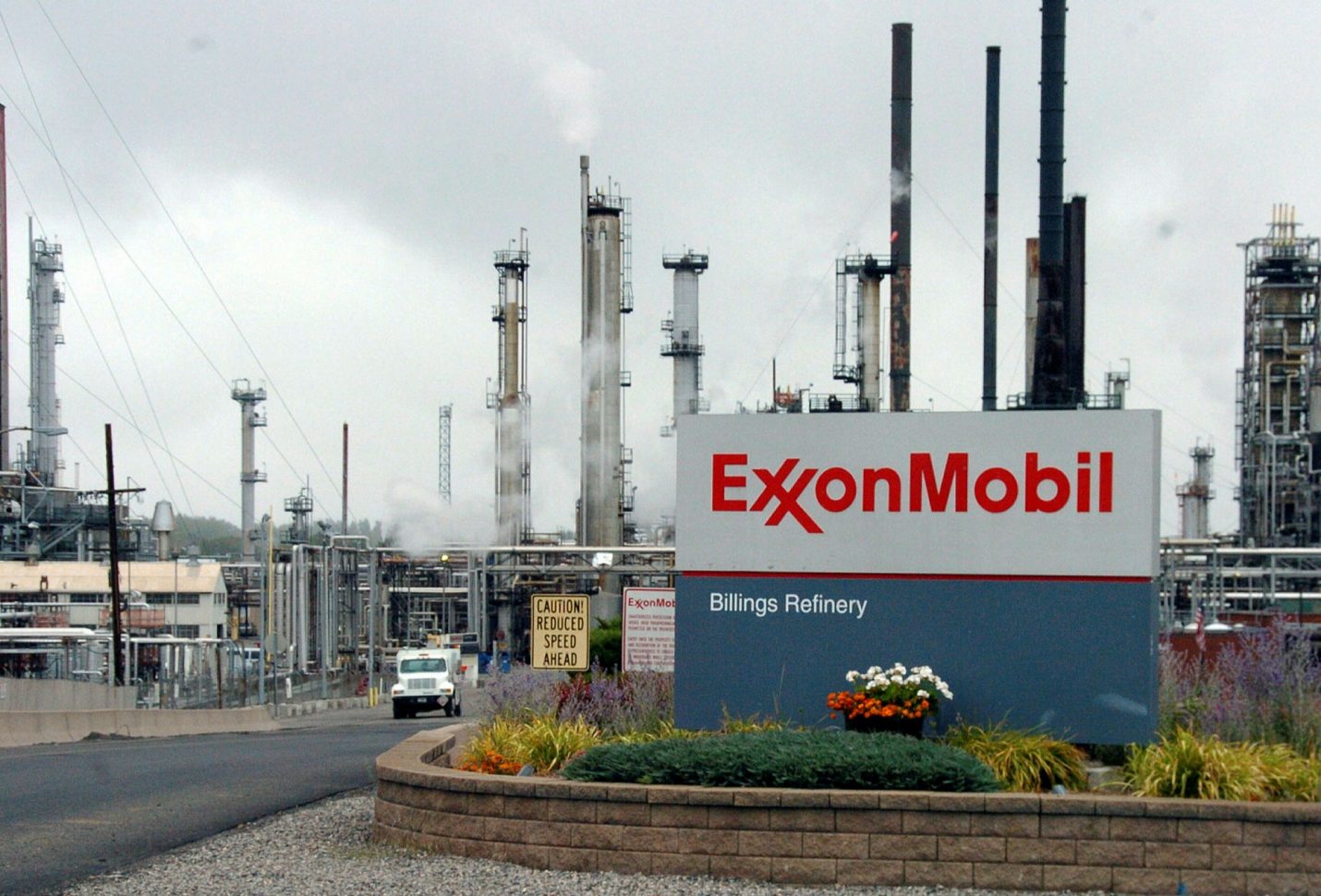
Planting tree for every sold Bernhard H. Mayer’s eco-friendly OMNI Watch
Bernhard H. Mayer, QNET’s esteemed luxury brand, has pledged to plant a tree for every ...

ExxonMobil reviewed the progress realized towards net zero and using renewable energy in the report of the second quarter of 2022.
ExxonMobil signed a memorandum of understanding to explore the development of a carbon capture and storage project at the Dayawan Industrial Park in Guangdong Province, China. The envisioned project has the potential to capture up to 10 million metric tons of CO2 per year, and could become one of the first large petrochemical complexes to remove CO2 emissions, the report said.
ExxonMobil, Neptune Energy, Rosewood, and EBN signed an agreement to advance the L10 carbon capture and storage project in the Dutch North Sea. This stage of the project has the potential to store four to five million metric tons of CO2 annually for industrial customers, and represents the first stage in the potential development of the greater L10 area as a large-volume CO2 storage reservoir.
Also, ExxonMobil announced the start of early front-end engineering design studies for a South East Australia carbon capture and storage hub in Gippsland, Victoria. The project would initially use existing infrastructure to store up to two million metric tons of CO2 per year from multiple local industries in the depleted Bream field off the coast of Gippsland. Operations could begin as early as 2025.
Earlier in the quarter, ExxonMobil and Pertamina, the state-owned energy company for Indonesia, signed a joint study agreement to assess the potential for large-scale implementation of lower-emissions technologies, including carbon capture and storage and hydrogen production. The agreement builds on efforts to advance carbon capture and storage in Indonesia that began with a memorandum of understanding signed at COP26.
In early July, ExxonMobil successfully delivered the first cargo of certified sustainable aviation fuel (SAF) to Singapore Changi Airport as part of a one-year pilot program launched by the Civil Aviation Authority of Singapore, Singapore Airlines, and Temasek. In addition, ExxonMobil delivered the first cargo of SAF via proprietary pipeline to Virgin Atlantic at London Heathrow Airport. These programs represent part of a global plan to provide 200,000 barrels per day of lower-emission fuels by 2030.
Moreover, ExxonMobil’s majority-owned affiliate, Imperial Oil Ltd., is progressing plans to produce renewable diesel at a new complex at its Strathcona refinery in Edmonton, Canada. When construction is complete, the refinery is expected to produce approximately 20,000 barrels per day of renewable diesel, which could reduce emissions in the Canadian transportation sector by about three million metric tons per year. The complex will use locally grown plant-based feedstock and hydrogen with carbon capture and storage as part of the manufacturing process.
Also, ExxonMobil is advancing the previously announced large-scale blue hydrogen plant in Baytown, Texas. The facility will have the capacity to produce up to one billion cubic feet of blue hydrogen per day and store approximately 10 million metric tons of CO2 per year, more than doubling ExxonMobil’s current capacity.
In June, ExxonMobil, Grieg Edge, North Ammonia, and GreenH signed a memorandum of understanding to study potential production and distribution of green hydrogen and ammonia for lower-emission marine fuels at ExxonMobil’s Slagen terminal in Norway. The production of up to 20,000 metric tons of green hydrogen and distribution of up to 100,000 metric tons of green ammonia per year would be driven by hydroelectric power.
Bernhard H. Mayer, QNET’s esteemed luxury brand, has pledged to plant a tree for every ...
The fifth annual summit of Startups Without Borders, which will take place on May 10-11 ...
The United Nations Development Program (UNDP) and the British University in Egypt (BUE) signed a ...


اترك تعليقا